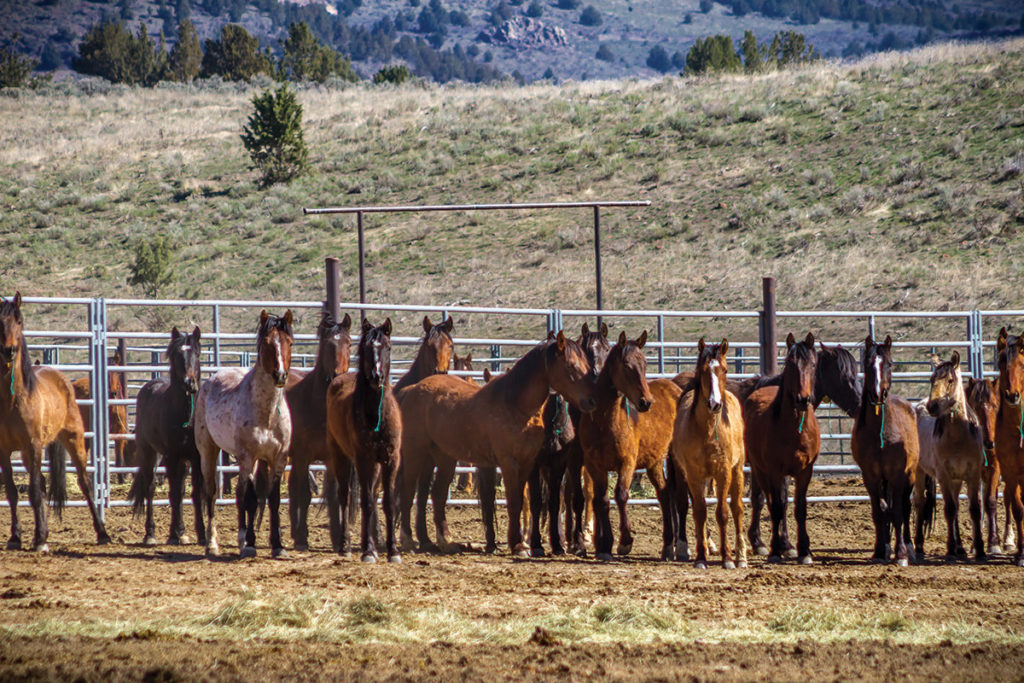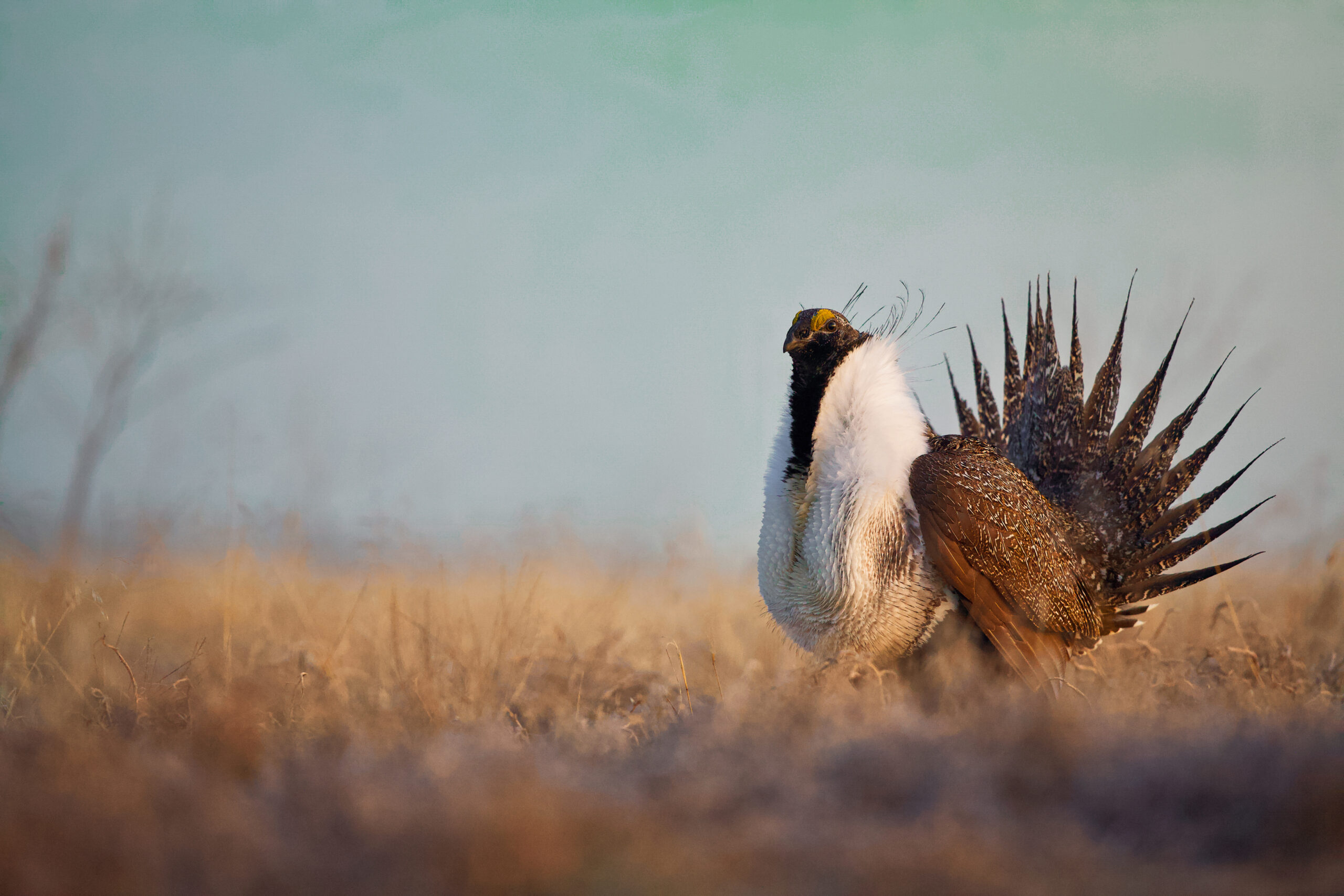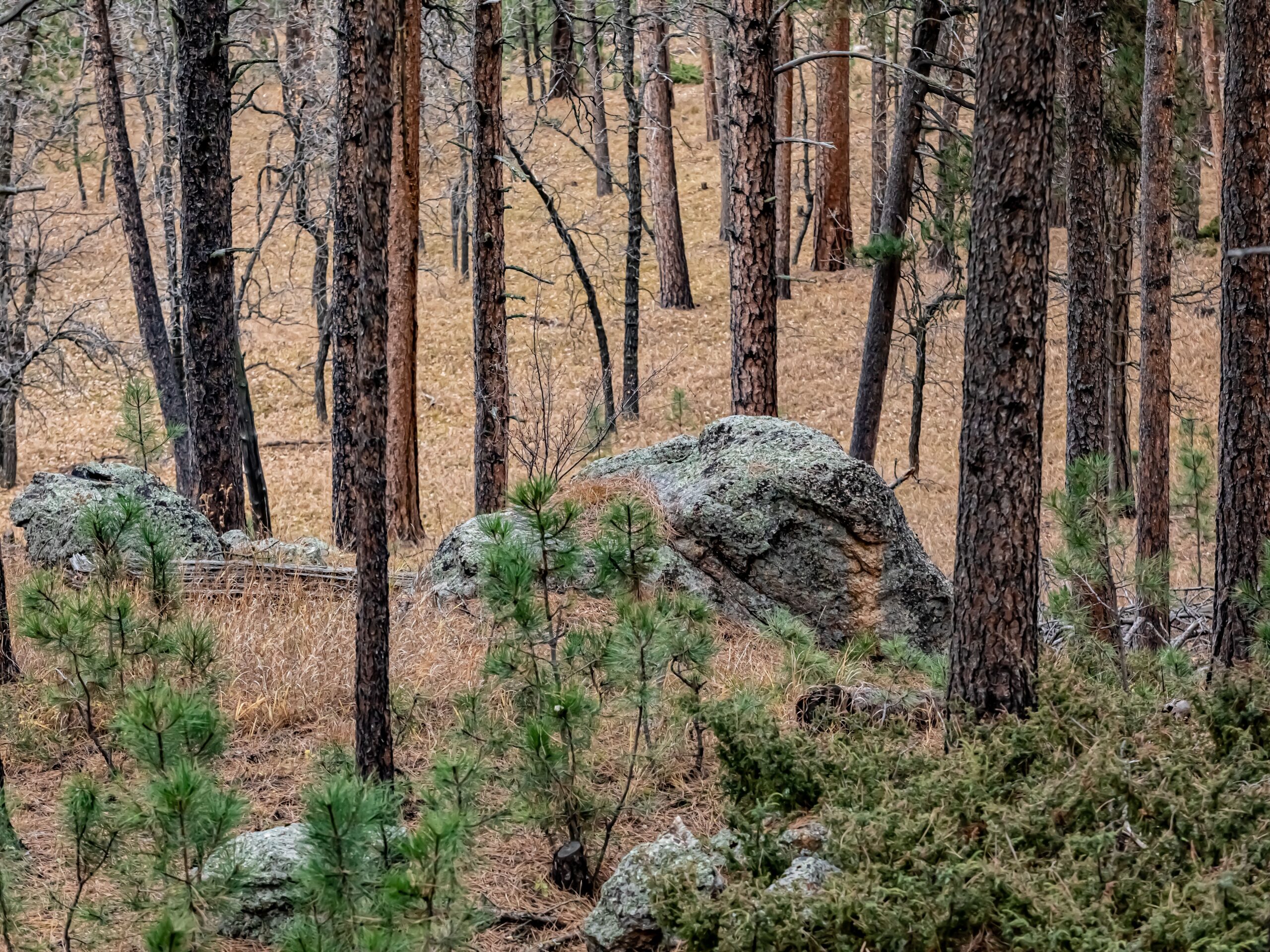
More than 38,000 wild horses and burros roam Nevada’s public lands. With larger herds than any other state in the nation and more than triple the state’s sustainable population target, Nevada wildlife officials and the agency in charge of managing them, the Bureau of Land Management (BLM), have had to round up the animals to avoid their mass starvation and dehydration, an increasingly frequent occurrence. Because the public lands inhabited by these wild equines are vastly overpopulated, BLM regularly gathers them from the range, prioritizing herds that exceed sustainable numbers or places threatened by drought or other dangerous conditions.
In 2018, nearly 200 wild horses died of dehydration on the Navajo Nation. Their desperate quest for water in the northern Arizona desert ended in the mud of a watering hole gone dry, as their emaciated bodies wasted away over days until they finally succumbed. Drought and extreme heat conditions increasingly plague the more than 73,000 wild horses and burros that roam roughly 27 million acres of public rangelands of the American West.
Animals removed from the range will be added to the 60,000 once-wild horses and burros that currently inhabit BLM-administered corrals and pastures. The herds continue to grow in size each year, in the wild and inside fences of BLM facilities. The result is an underreported and devastating ecological crisis, one in which the horses may be the biggest victims.



